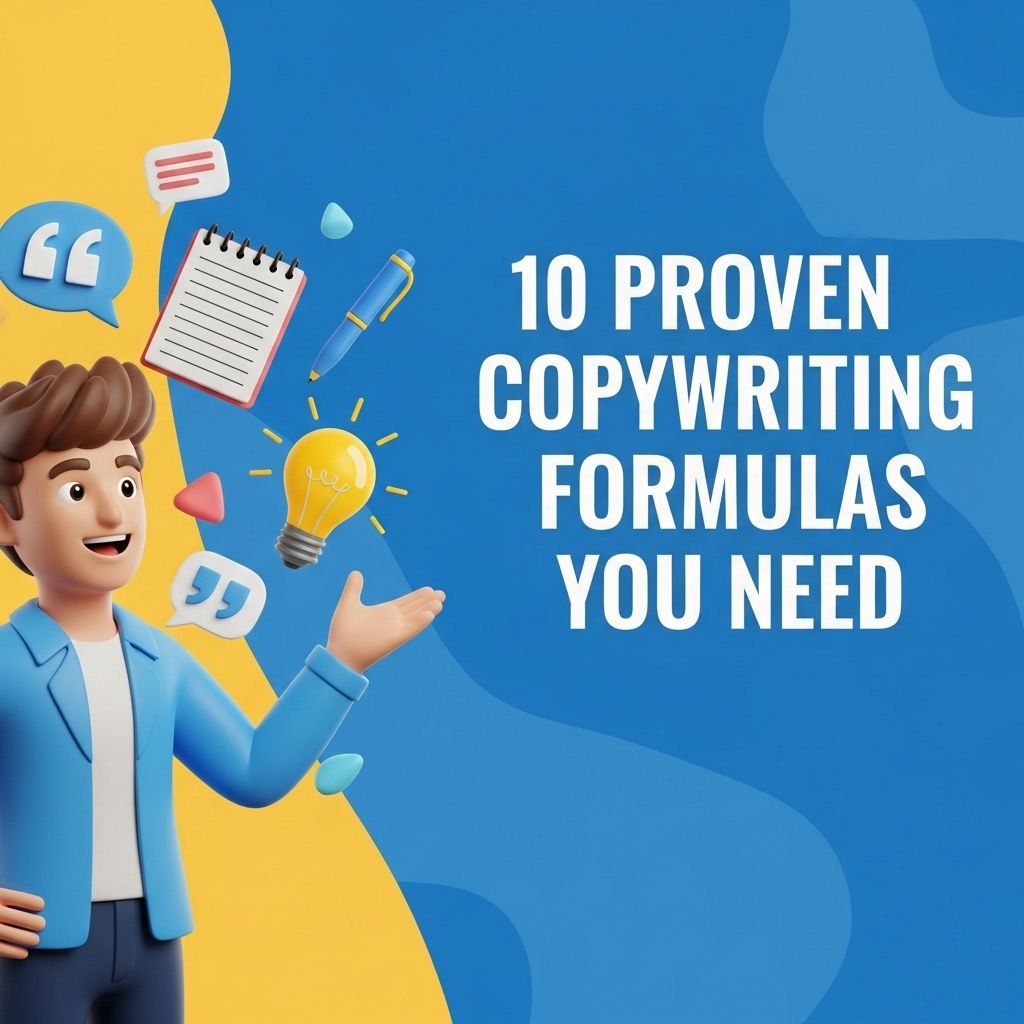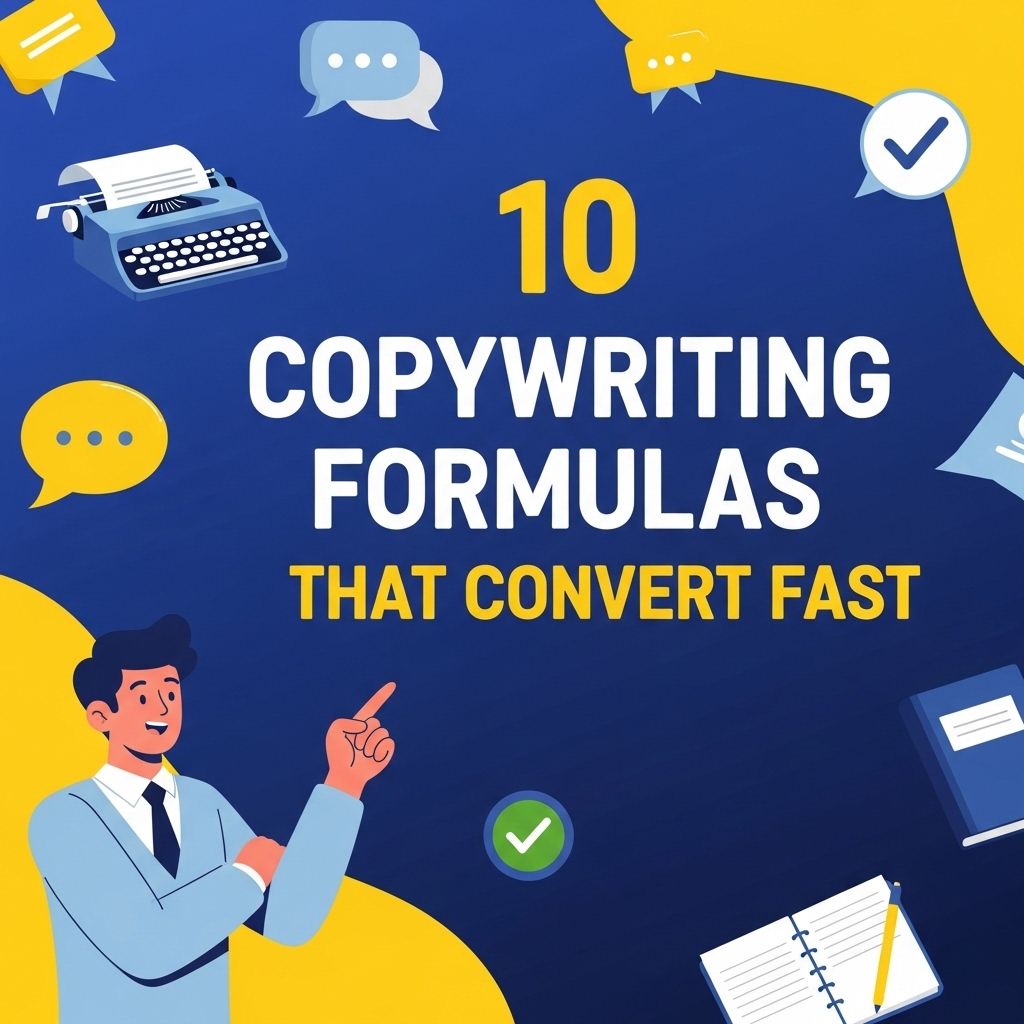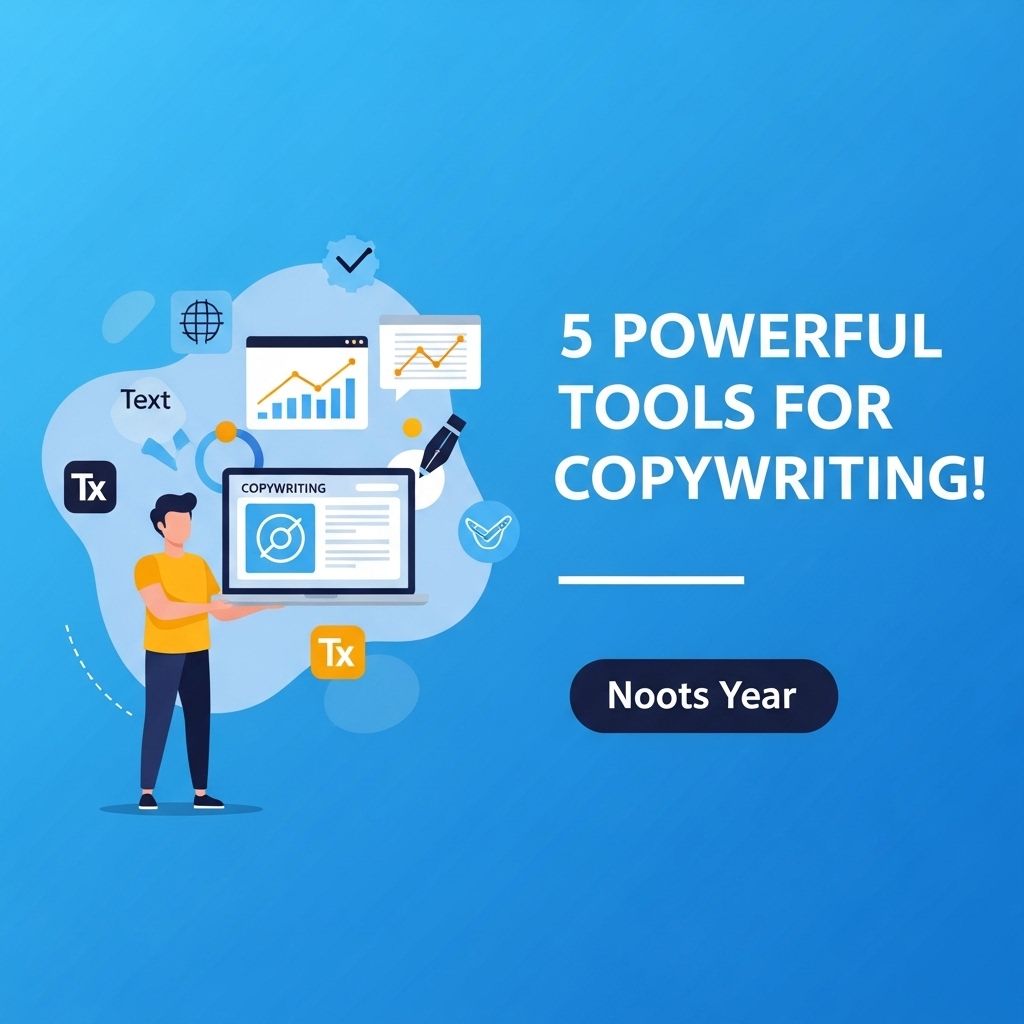In the ever-evolving landscape of marketing and advertising, effective copywriting remains a cornerstone of successful communication. Whether you are crafting a compelling ad, writing an engaging blog post, or designing an email campaign, the words you choose can significantly impact your audience’s response. The right copy can spark interest, convey value, and drive conversions. Here, we delve into ten proven copywriting formulas that can enhance your writing skills and elevate your marketing strategies, ensuring your messages resonate with your target audience.
The AIDA Formula
The AIDA model (Attention, Interest, Desire, Action) is one of the most classic frameworks in copywriting. It serves as a guide to creating persuasive content that moves readers through a defined journey.
Breakdown of AIDA
- Attention: Grab the reader’s focus with a striking headline or a captivating opening sentence.
- Interest: Build interest by offering details that relate to their needs or desires.
- Desire: Create a strong emotional appeal that makes the reader want the product or service.
- Action: End with a clear call to action that tells the reader what to do next.
The PAS Formula
The PAS formula (Problem, Agitation, Solution) is effective for addressing customer pain points directly. This formula helps copywriters engage the audience by highlighting their challenges and providing a solution.
Steps to Use PAS
- Identify the Problem: Start by outlining the issue your audience faces.
- Agitate the Problem: Intensify the reader’s awareness of the consequences of not addressing this issue.
- Offer the Solution: Present your product or service as the ideal remedy to their problem.
The 4C’s Formula
The 4C’s formula—Clear, Concise, Compelling, and Credible—focuses on ensuring clarity in your message while maintaining the reader’s interest.
Applying the 4C’s
| Element | Description |
|---|---|
| Clear | Your message should be easy to understand. |
| Concise | Eliminate unnecessary words; get to the point quickly. |
| Compelling | Use persuasive language that engages the reader. |
| Credible | Support your claims with facts or testimonials. |
The FAB Formula
The FAB (Features, Advantages, Benefits) formula helps break down what your product offers to the consumer, focusing on transforming features into meaningful benefits.
Utilizing the FAB
- Features: List the characteristics of your product.
- Advantages: Explain how those features translate into advantages for the consumer.
- Benefits: Clearly articulate the ultimate benefits the consumer will receive.
The Before-After-Bridge Formula
This formula outlines a scenario before the audience uses your product, the transformative outcome afterward, and how your product acts as a bridge between the two.
Steps to Create a Before-After-Bridge Message
- Before: Paint a picture of their current situation.
- After: Describe how their life will improve post-purchase.
- Bridge: Show how your product/service connects the two scenarios.
The Storytelling Formula
Storytelling in copywriting connects with audiences on a personal level, making your message more relatable and engaging. A good story captivates the reader and embeds your brand within that narrative.
Crafting Your Story
- Character: Introduce a relatable character.
- Conflict: Present a challenge or problem.
- Resolution: Show how your product or service resolves the conflict.
The 5 W’s Formula
The 5 W’s (Who, What, When, Where, Why) ensure that your message is comprehensive and answers all essential questions a reader may have.
Utilizing the 5 W’s
- Who: Identify who your target audience is.
- What: Clearly define what you are offering.
- When: Specify any time-related details, such as deadlines.
- Where: Indicate where readers can find your product or service.
- Why: Explain why your offering is important or valuable.
The SLAP Formula
SLAP (Stop, Look, Act, Purchase) is a straightforward framework focused on driving immediate action from the reader.
Implementing the SLAP Formula
- Stop: Use a strong hook to grab attention.
- Look: Encourage a closer look at the benefits of your offering.
- Act: Motivate the reader to take action.
- Purchase: Facilitate the purchasing process with easy-to-follow instructions.
The PASTOR Formula
The PASTOR formula (Problem, Amplify, Story, Testimonial, Offer, Response) combines several elements to create a persuasive sales copy.
Steps in PASTOR
- Problem: Identify the key issue your audience faces.
- Amplify: Emphasize the severity of the problem.
- Story: Share a story that relates to the problem.
- Testimonial: Provide social proof through testimonials.
- Offer: Present your solution.
- Response: Encourage immediate interaction or purchase.
Conclusion
Mastering these ten copywriting formulas can significantly enhance your ability to create persuasive and compelling content that resonates with your audience. By understanding and implementing these frameworks, you can improve your marketing effectiveness and drive better results. Remember, the key to successful copywriting lies not just in the formula but in understanding your audience’s needs and tailoring your message accordingly.
FAQ
What are the most effective copywriting formulas?
Some of the most effective copywriting formulas include AIDA (Attention, Interest, Desire, Action), PAS (Problem, Agitation, Solution), and FAB (Features, Advantages, Benefits).
How can I improve my copywriting skills?
Improving your copywriting skills can be achieved through practice, studying successful examples, and understanding your audience’s needs and preferences.
What is the AIDA formula in copywriting?
The AIDA formula stands for Attention, Interest, Desire, and Action, which is a framework used to create persuasive and engaging copy that drives conversions.
Why is storytelling important in copywriting?
Storytelling is important in copywriting because it helps to create an emotional connection with the audience, making the message more relatable and memorable.
How do I create a compelling headline?
To create a compelling headline, focus on clarity, use strong words, and address a specific benefit or problem that resonates with your target audience.
What role does SEO play in copywriting?
SEO plays a crucial role in copywriting by helping to optimize content for search engines, making it easier for potential customers to find your copy online.




